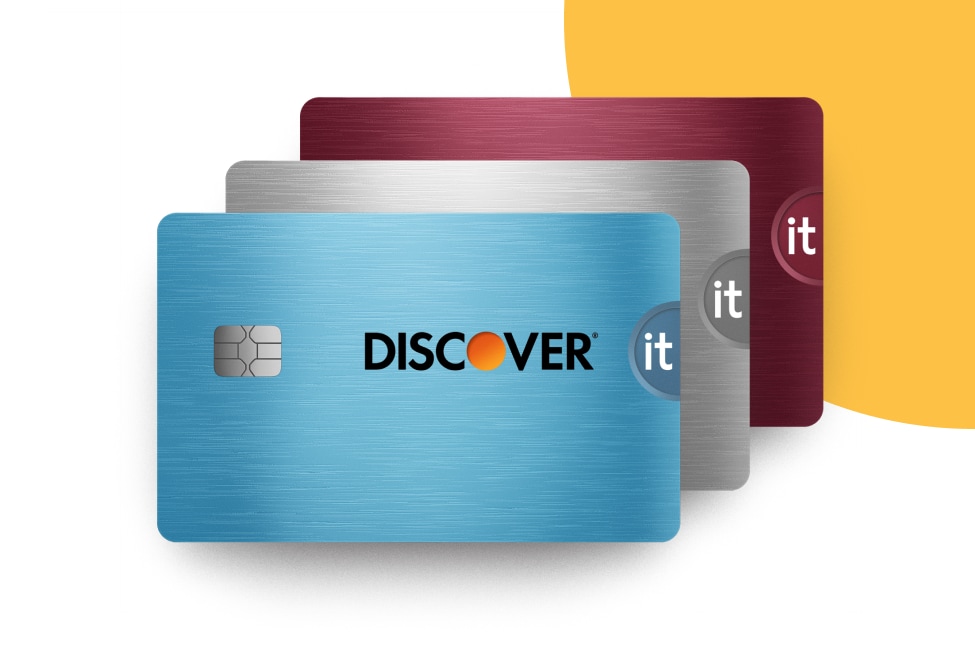You may be able to request a balance transfer through the card issuer’s online banking or mobile app, or over the phone with customer service. To apply, you’ll need the account information for the existing card or other accounts you want to transfer the balance from.
As part of your request, you’ll have to specify the amount you wish to transfer from each existing credit card balance. The credit limit on your new card may not be high enough to contain all of your high-interest credit card debt. In that case, it’s best to prioritize transferring the balances with the highest interest rates.
Then, follow any directions from your new credit card issuer to complete the transfer request.








